Dylan x Factor
The importance of being empirical
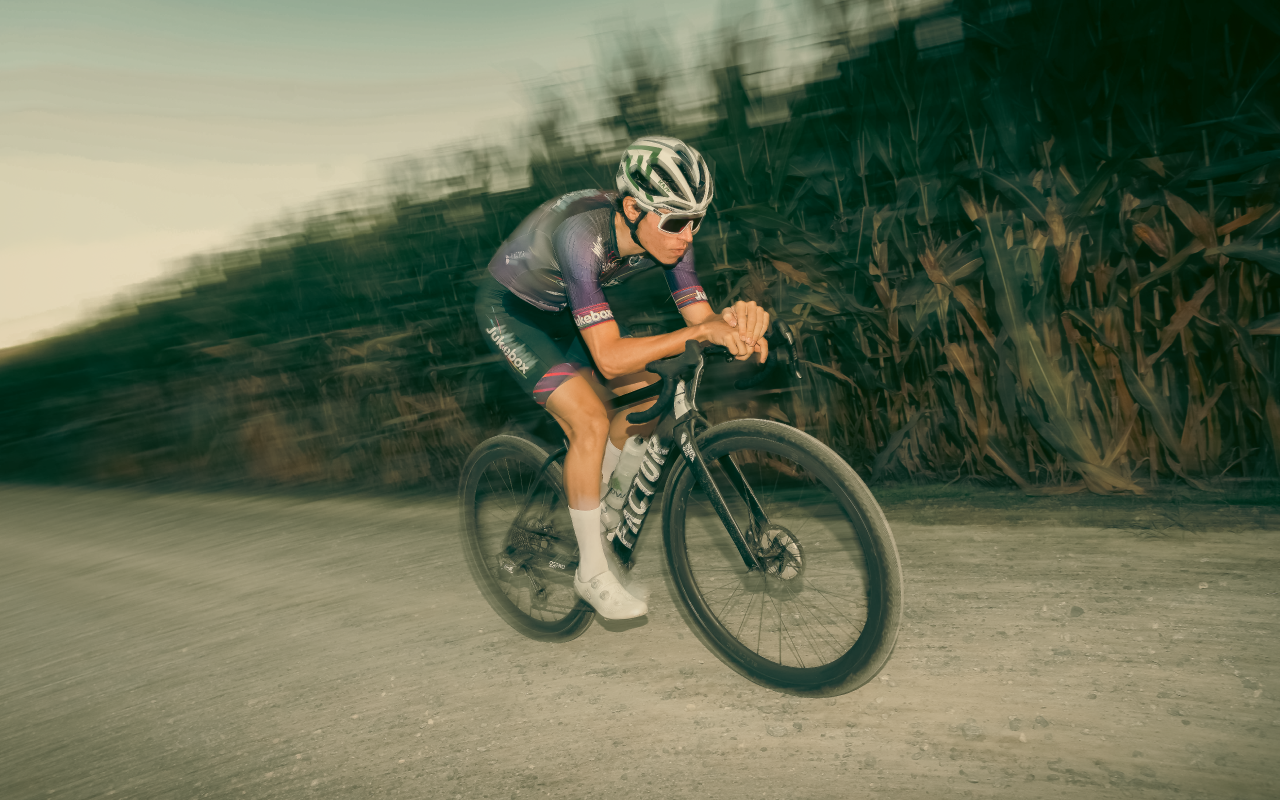
“My mentality about cycling aligns well with Factor,” explains Factor athlete, Dylan Johnson. “In college is probably where I developed this mindset that I need evidence for the things I believe, and that goes beyond cycling, but it certainly applies to cycling.” Having joined the growing number of independent professional cyclists, frequently referred to as privateers, in the American peloton, Dylan Johnson plies his trade not only as a professional racer, but a professional coach.
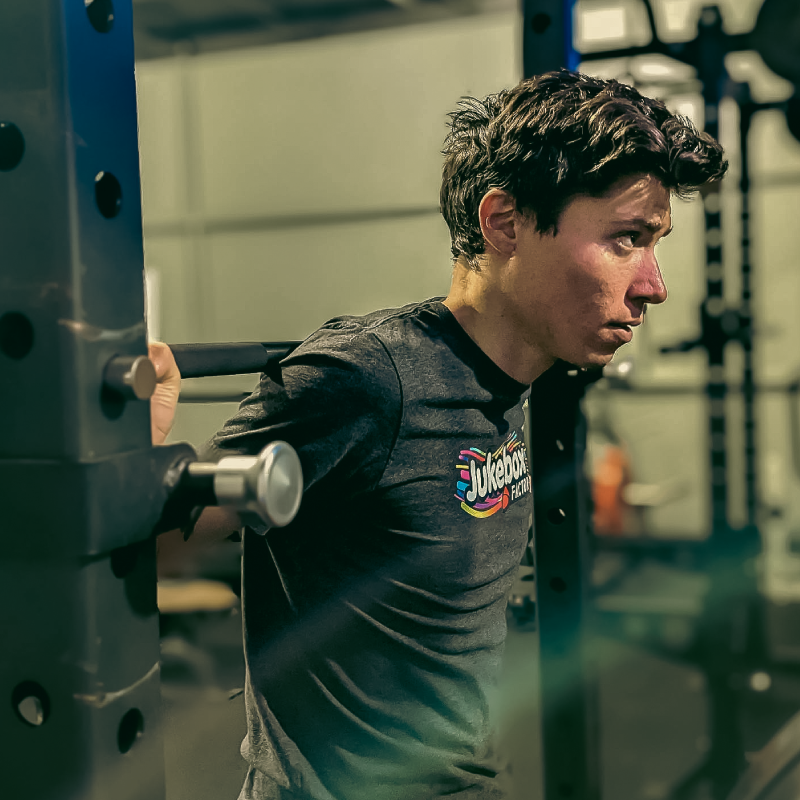
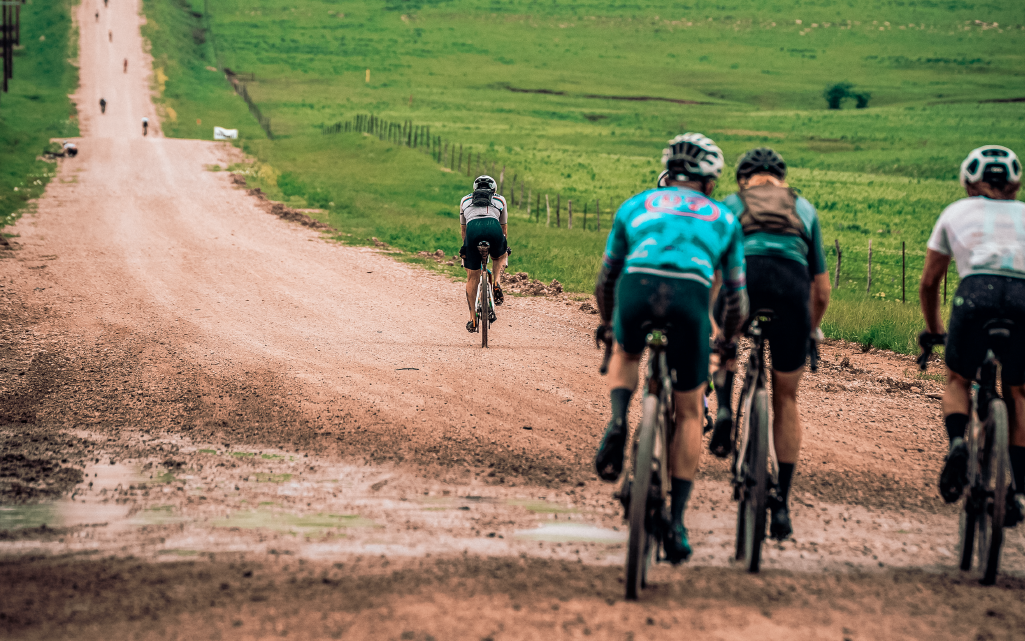
Chance of a Lifetime
Johnson found his way into the sport via mountain biking first, and now he is among the elite athletes taking part in the Lifetime Grand Prix for gravel and mountain bike racing. “As soon as I heard about it, I applied for it,” Johnson said. “I like having a series to shoot for and I like the format. I feel like it is legitimizing gravel and off-road racing in the US.”
The Lifetime Grand Prix incorporates seven of the toughest single day races on a bike anywhere, including the Unbound 200 gravel race and the Leadville 100 mountain bike. All of the races count as big goals even without being included in the Grand Prix, but with a $250,000 prize purse on the line, it counts as one of the biggest payout days in the history of US racing, on- or off-road.
“I like the Grand Prix. I like that there is a lot of money on the line, I like that people are taking it very seriously.” Being a privateer racing off-road in America has now taken the place of road racing with trade teams, which requires the individual riders to be much more engaged with the gear they use. “I’m happy that the sponsorship model in the US is privateers and not trade teams.”


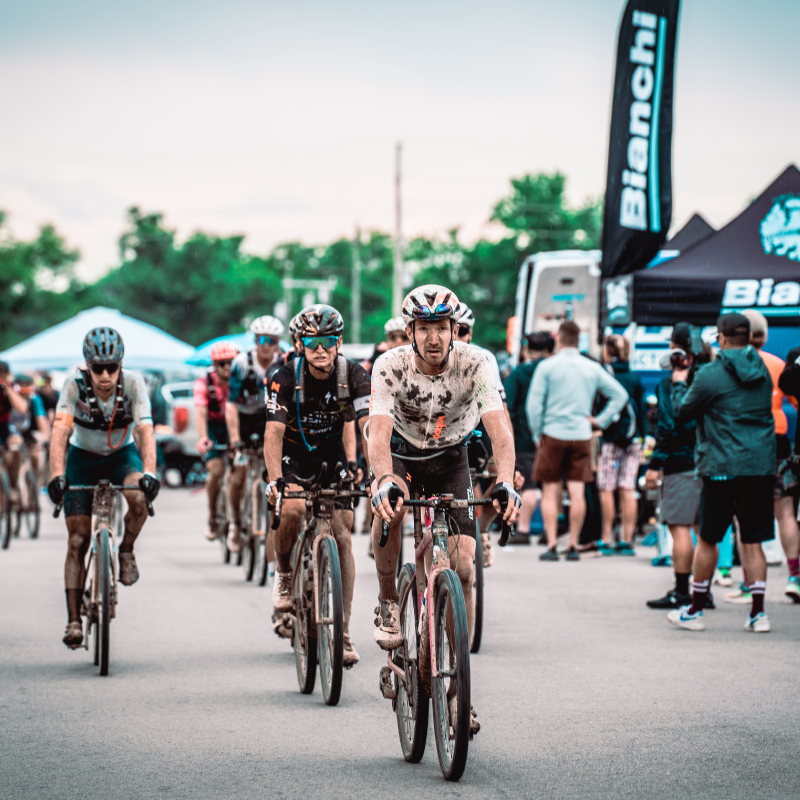
Dylan and his OSTRO Gravel
With his background in exercise science and extensive work as a coach, Dylan is extremely tuned into his choices to help improve his performance. But how important is equipment? “It’s super important. And I’m not just saying that,” Dylan exclaimed. “I got an offer for more money from a brand. I just wasn’t that impressed with their gravel bike. And this is totally honest, I think that Factor makes one of the best gravel bikes on the market with the OSTRO Gravel.”
Gravel riding has evolved a lot over the past several years, and the equipment has had to keep pace. When we’re talking about pro gravel races in the US, the bikes have to deliver a wide range of features to offer both aerodynamic speed on the flats and the capability to handle even technical singletrack descents.
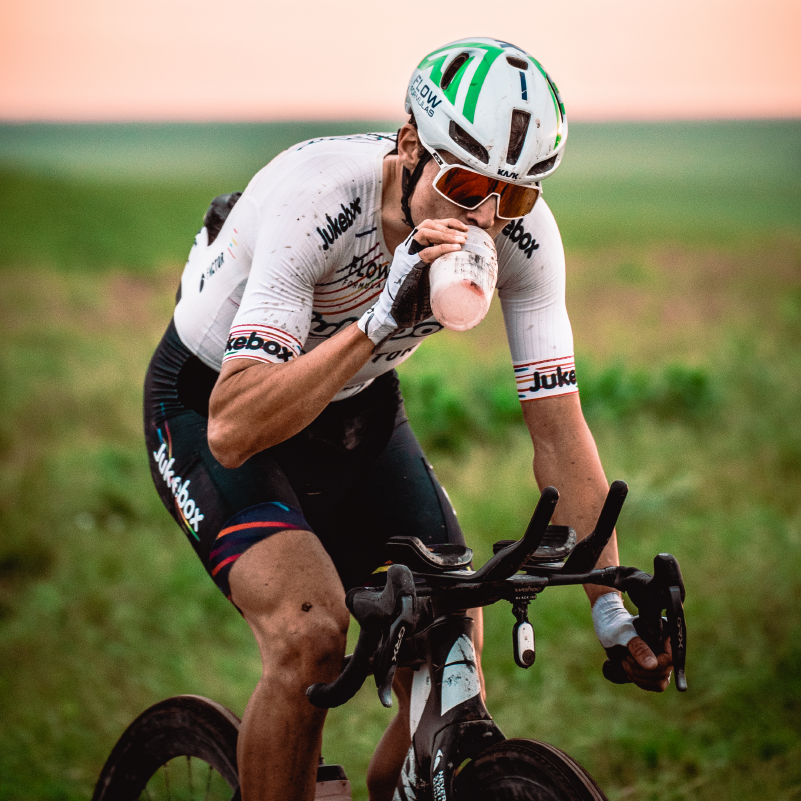
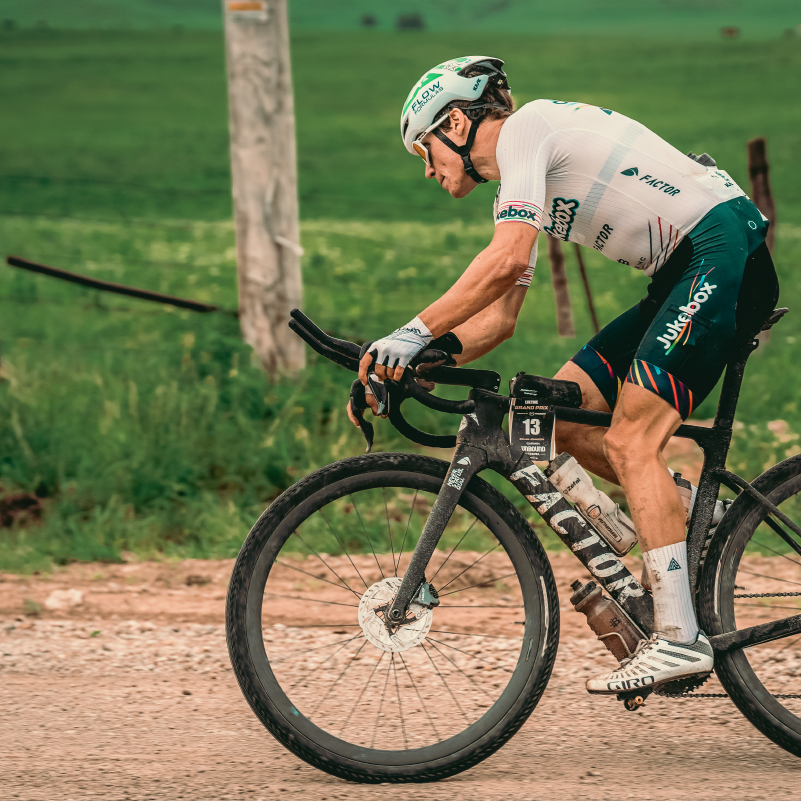
https://www.youtube.com/embed/u7WBPnh8ukE?feature=oembed
Best day on the bike
“It’s probably from Unbound this year (ed: 2022). It was a particularly rainy year. Very muddy. But it was actually a lot less hot too and I think the lack of heat made the times much faster,” Dylan explained. “I managed to get in just under 10 hours which I was really happy about. That time had previously only been done once in the history of the race. And then of course this year a bunch of people smashed up that record, but I was happy to be able to get under it as well.”
Any time a race takes upwards of 10 hours to finish, there are going to be a lot of contributing factors to any performance. But even in a game of hours, success can still come down to gaining a matter of seconds thanks to material choices. “I think my time was like 9h58min30sec or something, so I had like a minute and a half to spare,” Dylan said. “And when I look back at everything I did, I had the OSTRO Gravel, I had the Black Inc Integrated Aero Barstem with Extensions on, I had a skin suit, I had aero socks, I had an aero helmet, I had a wax chain, I had oversized pulley wheels. So, if you change any of those little things, I probably would have gone over 10 hours.”
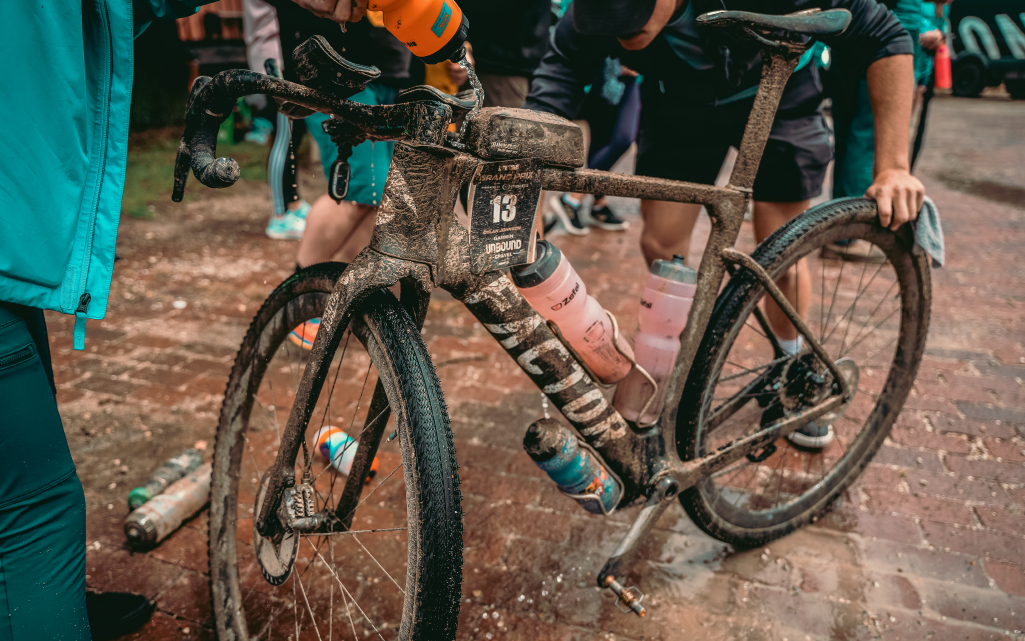
Gravel goals for 2023
Dylan will be competing in the Lifetime Grand Prix again in 2023. Combining his racing with his coaching offers a nice dovetailing of his two primary interests. By testing his training methods first on himself, he can then share his experience with his clients. “I’ve been a serious cyclist at a very high level for 14 years now, I have gained a lot of experience. Those are the two pieces you put together – the science and the experience – that makes a really good foundation to be a coach,” Dylan said.

But where will his ambitions for 2023 lead him? What’s the goal? “In 2018 I did Unbound for the first time. And I remember I bonked during that race, but I still managed to get in the top-10 and I remember thinking that I want to win this race before I retire,” Dylan explains.
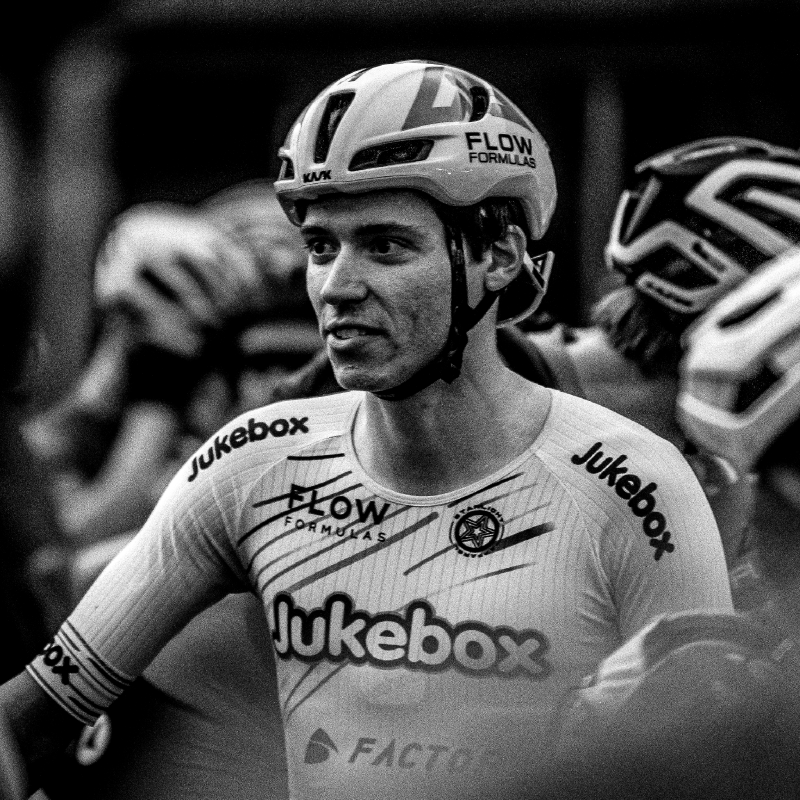
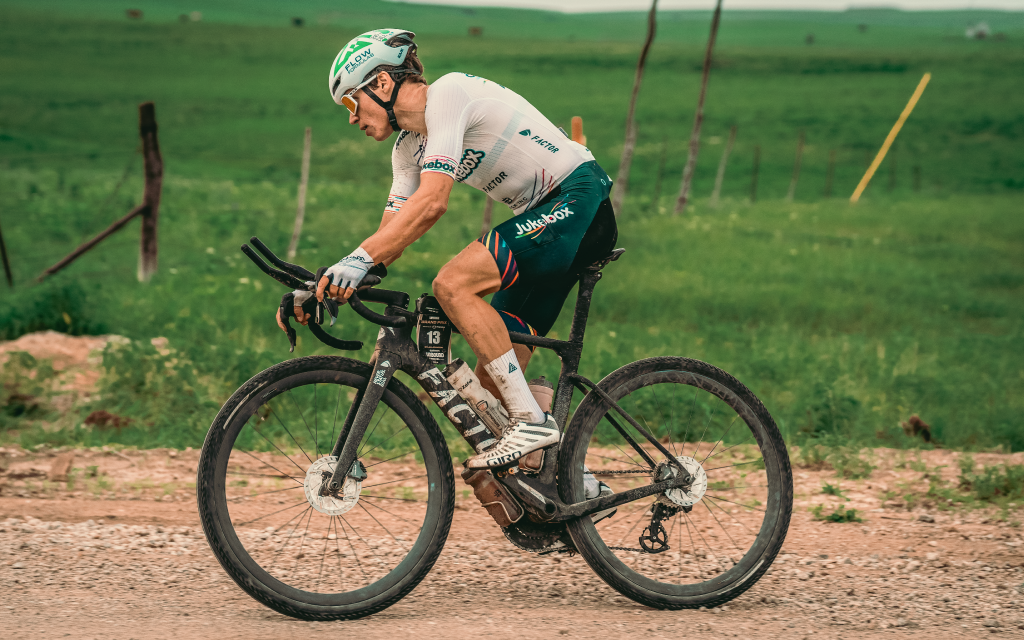
DISCOVER DYLAN’S CHOICE

© 2024 Factor Bikes. All rights reserved / Privacy Policy |Terms